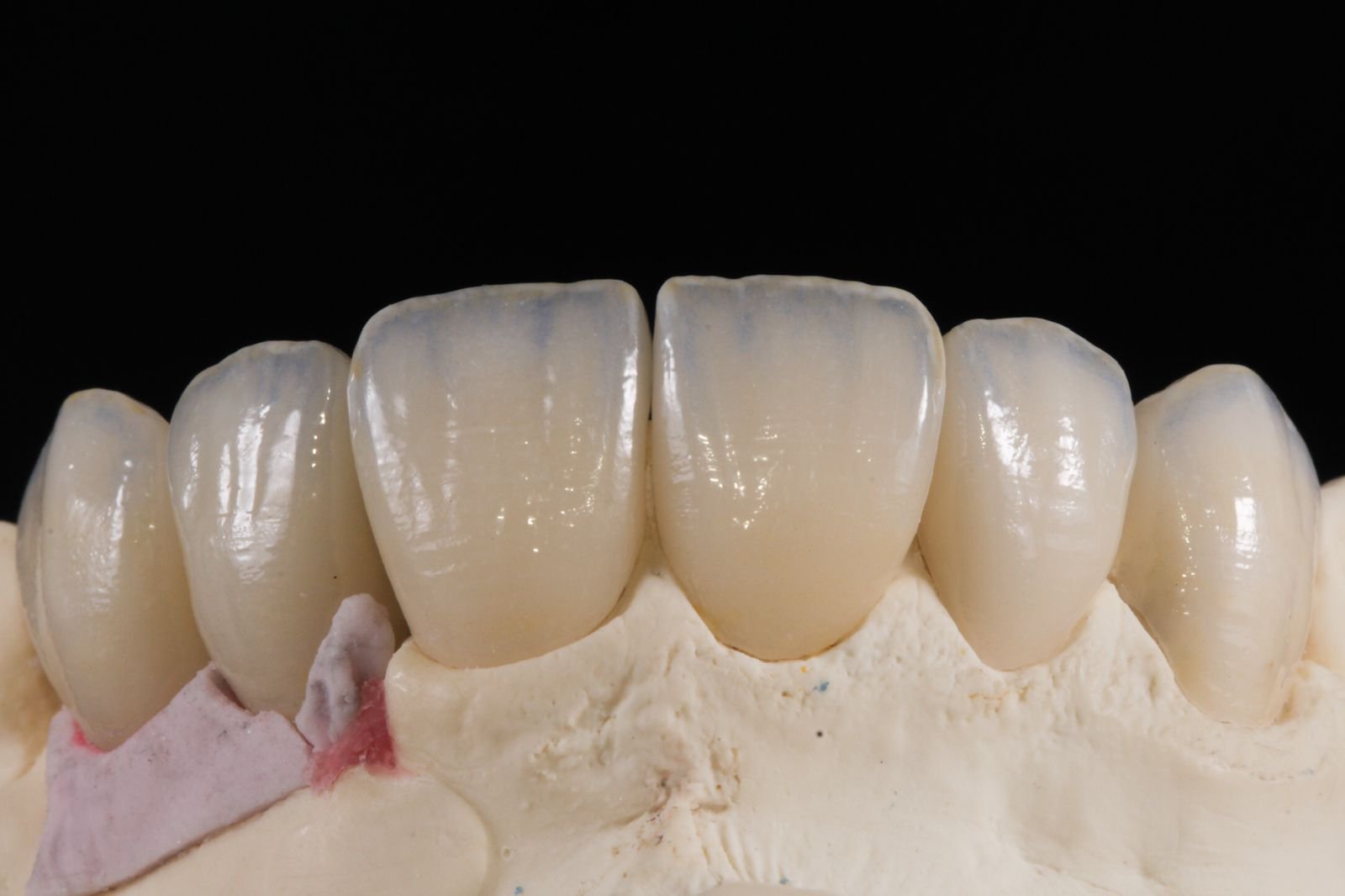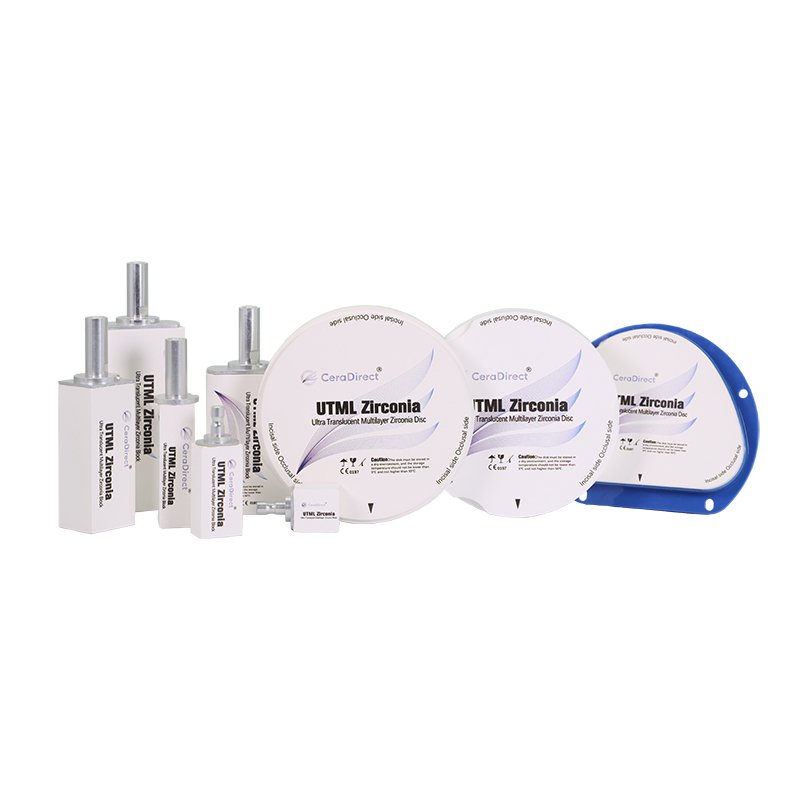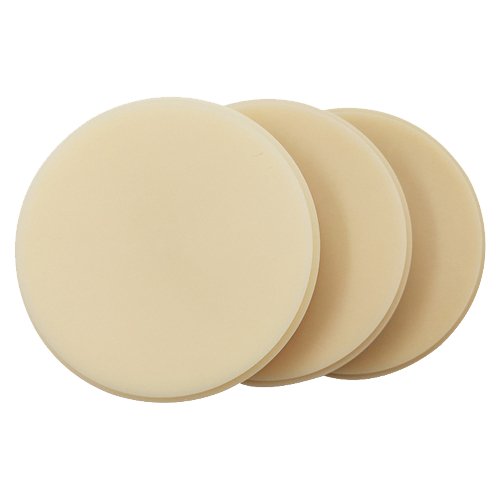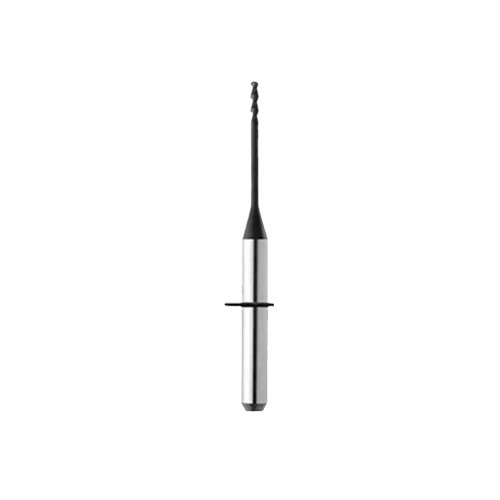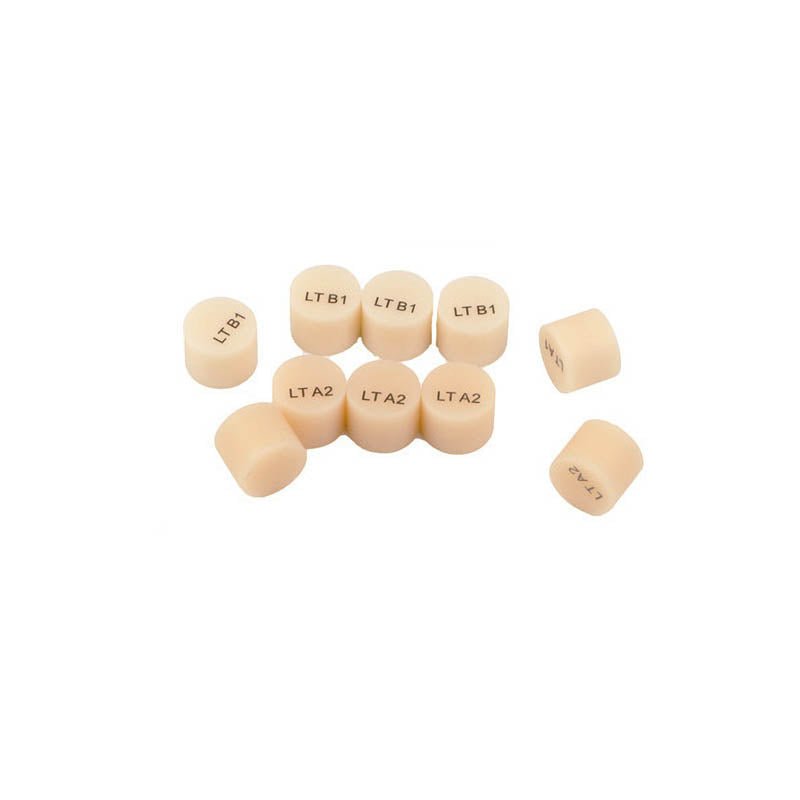When it comes to additively manufactured crown materials in dentistry, the bond strength is a critical factor to consider. Understanding the various factors that influence this bond strength is essential for ensuring the longevity and effectiveness of dental restorations.
Material Composition
The composition of the crown material plays a significant role in determining its bond strength. Different materials have varying properties that can affect how well they adhere to the tooth structure. Factors such as the presence of filler particles, resin matrix, and curing process can all impact the bond strength of the crown material.
Surface Preparation
Proper surface preparation is crucial for achieving a strong bond between the crown material and the tooth. Factors such as cleaning, etching, and priming the tooth surface can all influence the bond strength. Inadequate surface preparation can lead to bond failure and compromised restoration integrity.

Curing Method
The curing method used for the crown material can also impact its bond strength. Factors such as light intensity, exposure time, and curing protocol can all affect the degree of polymerization and ultimately the bond strength. Proper curing is essential for ensuring optimal bond strength and restoration longevity.
Moisture Control
Moisture control during the bonding process is critical for achieving a strong and durable bond. Excessive moisture can interfere with the bonding agents and compromise the bond strength of the crown material. Proper isolation and moisture control techniques are essential for ensuring successful bonding outcomes.
Adhesive System
The type of adhesive system used can significantly impact the bond strength of the crown material. Factors such as adhesive composition, application technique, and compatibility with the crown material can all influence the bond strength. Selecting the appropriate adhesive system is crucial for achieving optimal bonding results.
By understanding and addressing the various factors that influence the bond strength of additively manufactured crown materials in dentistry, dental professionals can ensure the success and longevity of their restorations. Attention to detail, proper technique, and adherence to best practices are essential for achieving strong and durable bonds that withstand the test of time.

